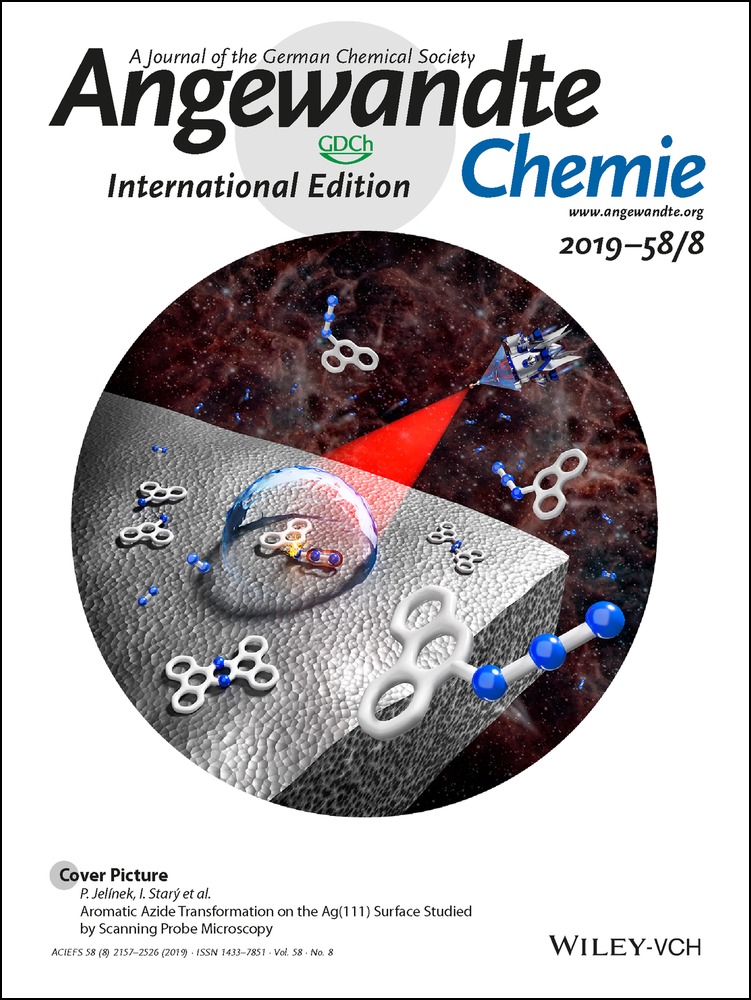Chemotactic Micro- and Nanodevices
Graphical Abstract
Self-navigation: The chemotactic micro- and nanodevices are a specific group of machines capable of autonomous navigation in their environment. The capability of sensing a concentration gradient of a chemical compound differentiates them from other microdevices and allows possible applications in areas unavailable to externally driven systems. The current developments in the area is summarized and discussed.
Abstract
Preparation of autonomous chemotactic micro- and nanomachines represents one of the most difficult challenges of modern materials science. To construct a device mimicking the behavior of many microorganisms, which evolved their chemotactic abilities during the millennia of evolution, places extreme demands on the imagination and abilities of researchers. However, with the chemotactic devices in hand, many novel and interesting applications of micromachines could be implemented. The introduction of an autonomous navigation, independent of the external control with electric, magnetic, or electromagnetic field is crucial for applications in environmental remediation and might be advantageous in medical applications. This Minireview summarizes the development in the field of chemotactic micro- and nanomachines, describes the trends in their construction, and compares the different approaches to their construction considering the areas of possible application of the devices.
Conflict of interest
The authors declare no conflict of interest.





